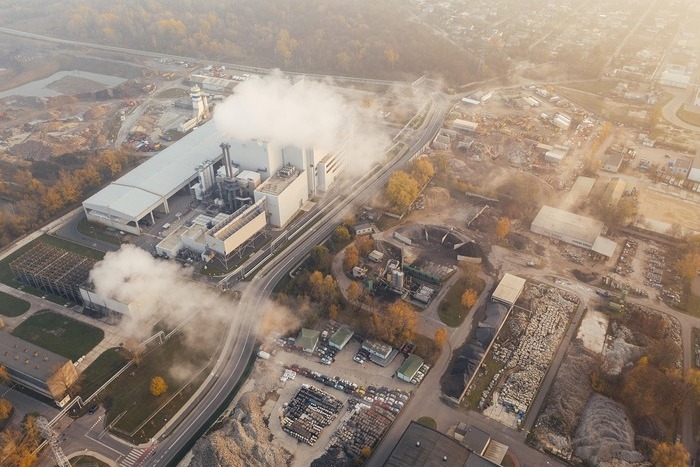Even with appropriate funding, land-related pledges by 2030 will have to compete with alternative land development programmes
A new study revealed that 25% of emissions reductions pledged by countries rely on land based carbon-based mitigation and these reductions are in jeopardy. The research published in Nature stated that developing countries such as DRC, Indonesia, and Ethiopia’s ability to meet the land-based commitments in their climate plans-Nationally Determined Contributions (NDCs)-are conditional on financial and institutional support being provided, which is currently lacking.
The research highlighted that the scale of land based carbon mitigation is invisible in the 2023 first Global Stocktake (GST) because of a conceptual disparity between how countries report land-use based greenhouse gases, and how global models compiled by the Intergovernmental Panel on Climate Change (IPCC)—that are used as a benchmark under the Paris Agreement to track progress—are constructed for land. This lack of comparability built on previous studies showed net zero progress could be overblown by as much as 18% as a result.
Academics have argued that reconciling this difference is crucial because land is the only sector currently capable of removing carbon at scale from the atmosphere, a necessary condition for reaching net-zero CO2 and stabilising global temperatures.
Giacomo Grassi, bureau member of IPCC task force on GHG inventories said, “There’s a mismatch in the definition of what constitutes an anthropogenic forest carbon sink, i.e. the sink that can be counted towards meeting countries’ climate targets. This has crucial consequences for our ability to assess global climate progress in line with the Paris Agreement. If we don’t accurately assess where we are, we can’t accurately correct our trajectory towards net zero.”
According to the study, governments around the world are reporting that the net carbon sink has been slightly increasing globally. Meanwhile, climate impacts such as fires and droughts are putting at risk land’s ability to soak up carbon.
Reductions Unlikely Without Financial Support
The 25% of emissions reductions coming from land in NDCs are mostly unlikely to happen without financial and institutional support being provided, as per the study. The authors of the study highlighted how current financial options, crucial to support global mitigation efforts, have been under-resourced for decades. This includes activities that were intended to fund forests, such as REDD+ mechanisms, which means reducing emissions from deforestation and forest degradation,the role of conservation, sustainable management of forests and enhanced carbon sinks.
Even with appropriate funding, land-related pledges by 2030 will have to compete with alternative land development programmes, such as agro-commodity expansion, petrol operations, and mining. Scientists also highlighted that data translation between communities estimating land carbon emissions and removals is crucial to address the current blind spot.
About The Author
You may also like
First draft of COP30 text weak on public finance
Climate Governance Shows Progress, But Gaps Still Remain 10 yrs After Paris Agreement: Report
Investing in solar, storage can save Thailand close to $2 billion: Report
A Fifth of Migratory Species Face Extinction from Climate Change: Report
Climate change, unplanned construction and a malfunctioning dam can worsen the flooding in north Bengal

